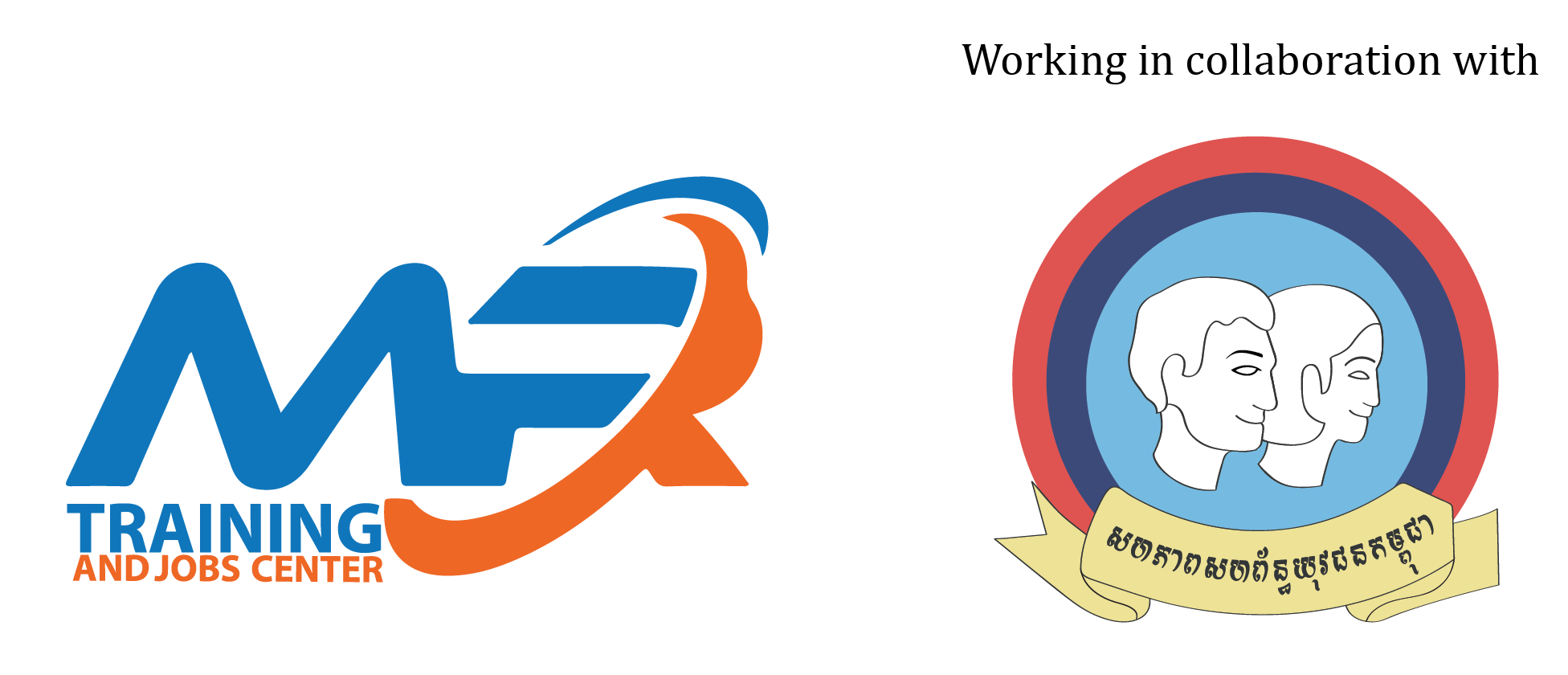MR Training & Jobs Center (MRTJC) is a platform for connecting youth with opportunities from Cambodia’s best employers. (MRTJC) provides competent candidates and project-based services to corporate clients by investing into our unique network of talented youth from across our nation. MRTJC is proud to take on this pioneering role towards building a robust country, bridging the gaps between employee and employer. Youth is the people who are strong in spirit, motivated, and who are always willing to develop themselves. MR Training & Jobs Center is looking for young people who want to learn new knowledge or gain work experience during study or graduation, we have partnered with many good companies, both local and expats investment companies. Absolutely, youth is the core force in the development of the country, also youth is the core force in the development of the companies and the future of the leadership. Providing opportunities for young people is like giving a company the opportunity to develop in the same way.
Scandinavian design is a design movement characterized by simplicity, minimal and functionality that emerged in the 1950s in the five Nordic countries.

The idea that beautiful and functional everyday objects should not only be affordable to the wealthy, but to all, is a core theme in the development of modernism and functionalism. This is probably most completely realized in post-WWII Scandinavian design.
The ideological background was the emergence of a particular Scandinavian form of social democracy in the 1950s, as well as the increased availability of new low-cost materials and methods for mass production. Scandinavian design often makes use of form-pressed wood, plastics, anodized or enameled aluminum
or pressed steel.

The concept of Scandinavian design has been the subject of many scholarly debates, and marketing agendas since the 1950s.
Lamont Shaun
Many emphasize the democratic design ideals that were a central theme of the movement and are reflected in the rhetoric surrounding contemporary Scandinavian and international design.
The ideological background was the emergence of a particular Scandinavian form of social democracy in the 1950s, as well as the increased availability of new low-cost materials and methods for mass production. Scandinavian design often makes use of form-pressed wood, plastics, anodized or enameled aluminum
or pressed steel.
The idea that beautiful and functional everyday objects should not only be affordable to the wealthy, but to all, is a core theme in the development of modernism and functionalism. This is probably most completely realized in post-WWII Scandinavian design.

